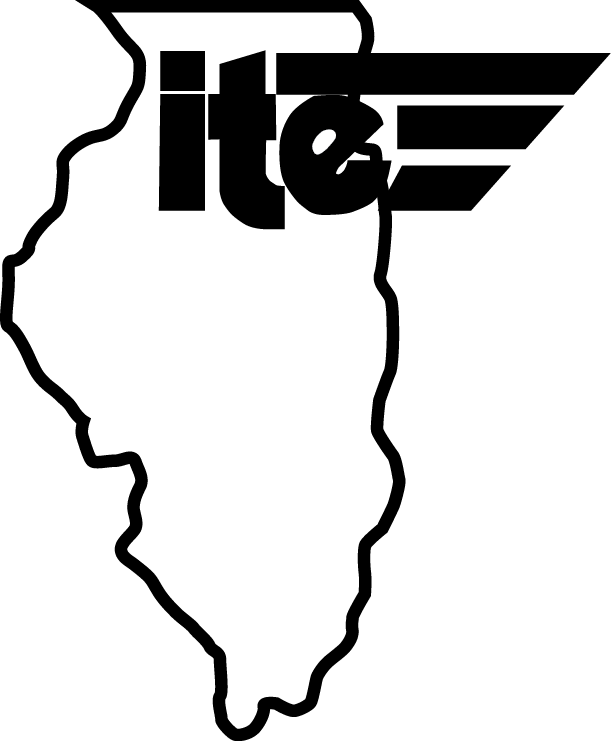On December 6th, 2017, the Illinois Section of ITE hosted a ITE Webinar: Connected Vehicles, Smarter Cities, and Modern Signal Timing focus on how traffic engineering strategies will change in the years ahead. The webinar instructor was Peter Koonce from Portland State University and chair of the Transportation Research Board Committee on Traffic Signal Systems. ITE held the event in one (suburban) location. Christopher B. Burke Engineering, Ltd., in Rosemont, offered their training room, and provided printed handouts and snacks.
Peter Koonce started the webinar by giving an overview of the presentation and the Webinar’s first topic, Signal Timing Manual Second Edition. The second edition is focusing on better understanding of signal timing fundamentals for new practitioners. There are four new chapters added to the second edition manual for more advanced users and only includes the necessary material. Additionally, the new edition’s material is organized in a way that it is presented once and referenced as needed in other parts of the document, and makes use of expanded graphics, which helps to improve explanation of more complex topics.
Peter Koonce continued the webinar explaining what comes beyond traffic, in essence, how we will move people and things better and adapt to industry progressions and technological advancements. Cars are still a dominant mode of transportation, transit takes on larger share and designing for safety is increasing.
He moved to the next topic of The Smart City Challenge, including Transportation Information, Big Data, Mobility as a Service and Connected and Autonomous Vehicles. The smart city concept is illustrated in following image. One of the significant factors of this concept is the open data cloud (UB Mobile PDX) to integrate products, analyze and store. Mobility Marketplace is another significant factor to prevent the private automobiles from sitting idle and to improve mobility as a service. The user interface is to promote accessibility to devices and necessary training to serve all users.
Connected vehicles was the next topic of the webinar which is established in 2015 to “Transform the Way Society Moves”. The goal is to improve safety, reduce emission, obtain real-time travel information and regional coordination using CV technology (Vehicle to Vehicle - “V2V” and Vehicle to Infrastructure - “V2I” applications).
Transit signal priority will provide transit vehicles preferential treatment at signalized intersections and improves schedule reliability and reduces travel time. In conclusion, transit priority has the potential to provide significant benefits and it requires coordination between transit and traffic staff.
The webinar viewing was well attended with seventeen attendees. The Technical Group looks forward to doing future viewings in more suburban locations. The Section thanks all the participants for attending and Christopher B. Burke Engineering, Ltd. for providing the venue and snacks.


